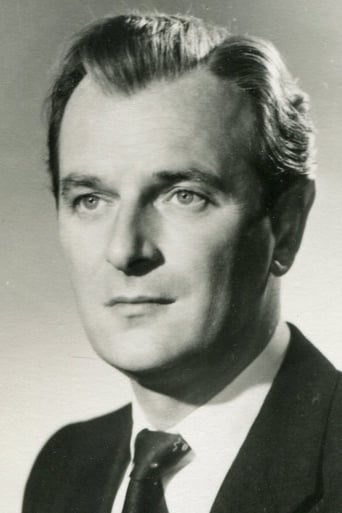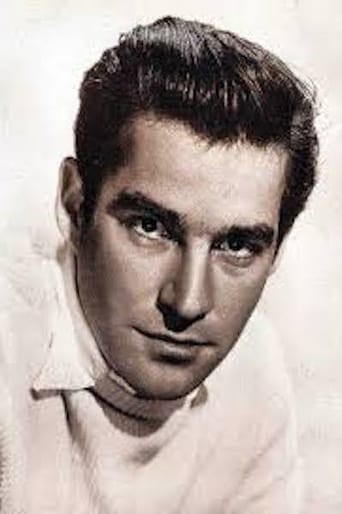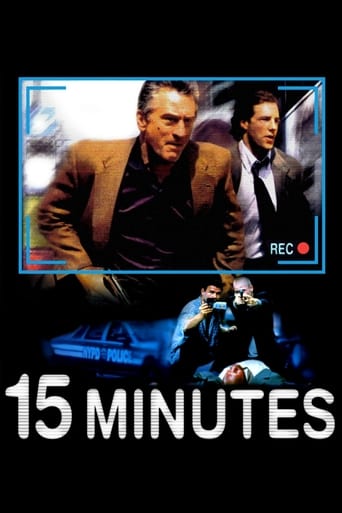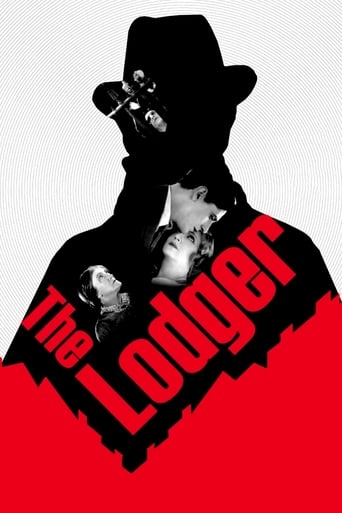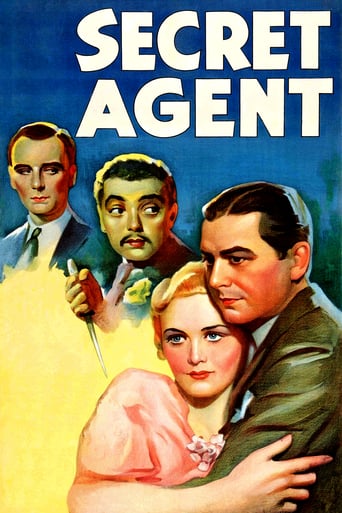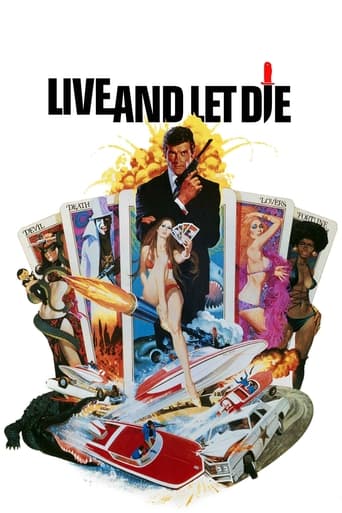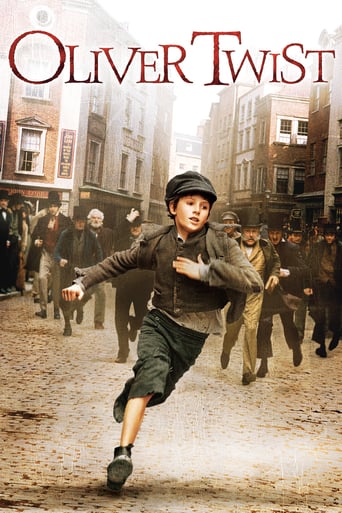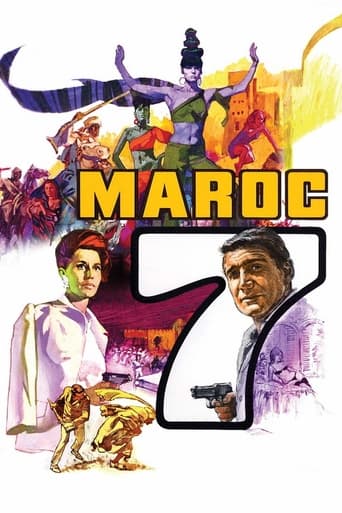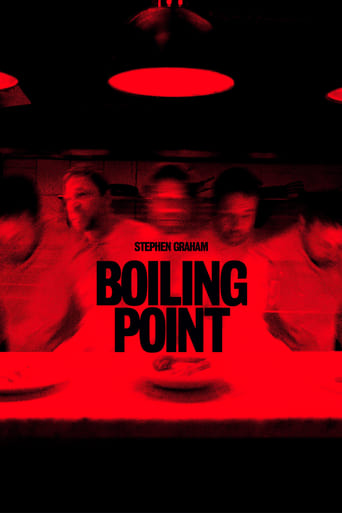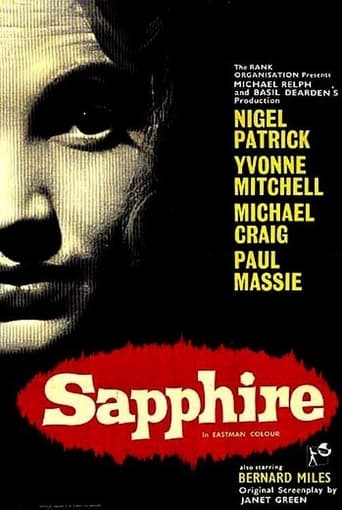

Sapphire (1959)
Two Scotland Yard detectives investigate the murder of a young woman of mixed race who had been passing for white. As they interview a spate of suspects -- including the girl's white boyfriend and his disapproving parents -- the detectives wade through a stubbornly entrenched sludge of racism and bigotry.
Watch Trailer
Cast


Similar titles
Reviews
This film really is as good as everybody says. Nigel Patrick makes an excellent principled investigator. His younger sidekick is the one who casually lets fall a succession of racist myths. A girl is found stabbed on Hampstead Heath - it turns out she is a music student with a serious, striving boyfriend. But the cops are surprised by the red taffeta petticoat she wears under her sober "tweed" skirt. (It's a brown, with sunray pleats.) When her brother turns up, they discover that she is "coloured", and has been passing for white. Much of the investigation focuses on the boyfriend's family, who are aspirant, respectable working class. His dad is a sign painter played by the great Bernard Miles. One of the film's many virtues is that we SEE him painting a sign, and see his workshop at the back of the house in a former stable block. The family stand together and assert that they accepted Sapphire, background, pregnancy and all.Londoners love films set in our city decades ago. Oh, look, I remember those Victorian shops, those buses! There are many excellent bit players, including a couple of landladies – one who says "I run a WHITE house" while smiling crookedly. Another wears a Cairngorm brooch and says she would have thrown Sapphire out if she'd "known". The past wasn't all that cosy. Sapphire's brother says he'll stay at a certain hotel which will "take us".The film is in colour, all the better to show off the garish underwear. There is a wonderful visit to Babette's lingerie shop in Shaftesbury Avenue. The detectives hold up a bright pink nylon negligee with some disgust. Stereotypes fly - a girl may look white, but if she has black ancestry she can't resist the rhythm of the bongos. There are many black characters - more than in most TV dramas or films of today, and they all impress. One is a dandy with a bishop for a father. There are some dubious types hanging out in an empty house. A dimwitted suspect goes on the run through the mean streets and the film reaches another level. He's beaten up by some "teddy boys" and takes refuge in a newspaper shop run by a kindly (white) old couple.It's about this point the watcher realises that this is no standard detective story. The acting is superlative, especially from the boyfriend's family - his worried mother, and fraught sister, whose husband is permanently "at sea".Exteriors are drab because that's how they were. But interiors are carefully painted to look as dreary as possible - perhaps to show up snappy suits and orange lipstick. But were walls and furniture really painted in shades of brown or grey? There's a lovely scene early on where Sapphire's student friends discuss her in Foscari's coffee bar. I wish we'd seen more of them.
Quire controversial on it's release in 1959 because it dealt with subjects that few people were willing to admit existed let alone talk about at that time. Sapphire boasted a strong cast led by Nigel Patrick and Michael Craig, and directed by the prolific Basil Dearden. Harry Waxman's cinematography is very atmospheric and captures a drab,gritty London of quietly desperate people imprisoned by their prejudices and inability to adapt to changing times Dearden created an almost documentary style murder mystery with characters that seemed more pitiful than likable and the conclusion leaves you feeling somewhat sad and depressed.Fine performances by Bernard Miles, Earl Cameron, and Yvonne Mitchell add to the proceedings. Look for future stars Barbara Steele and Fenella Fielding in small roles.Time hasn't less the effect that Sapphire has on the viewer. Its as relevant today as it was in 1959.
So far during this year's Black History Month, I've been reviewing American films. What I'm commenting on now took place and was filmed in Britain. In this one, a Sapphire Robbins (Yvonne Buckingham) is found dead at Hampstead Heath. Superintendent Robert Hazard (Nigel Patrick) and partner Inspector Phil Learoyd (Michael Craig) investigate who done it. Her boyfriend David Harris (Paul Massie) and brother, a Dr. Robbins (Earl Cameron) are also interested though the former has his own secrets to hide along with his sister Mildred (Yvonne Mitchell) and possibly their parents (Bernard Miles and Olga Lindo). By the way, since the doctor has dark skin and his late sister is light, there's also a racial aspect involved...When I first watched this on American Movie Classics back in the mid '80s (by the way, this was the first I actually watched on that channel), it was intriguing enough for me that I would have loved to have seen it again much sooner than just now on YouTube if I had the chance. Now that I indeed have, it's even more compelling as both a mystery and pretty intense drama on the social tensions that I'm sure were very prevalent during that time in England. Especially considering the way characters of both races reveal their prejudices in both subtle and blatant ways. And besides Cameron, other people of color worth noting that appeared here include Gordon Heath as Paul Slade, Harry Gaird as Johnnie Fiddle (who is identified among other Johnnys at a bar), Orlando Martins as a barman, and Robert Adams as Horace Big Cigar. Really, this was a fine British drama that greatly tackled the way prejudices of most kinds were displayed there. P.S. I didn't know about the stereotype of cops having big feet there. Sure beats the one about donuts here!
I watched this movie when I was a young girl with my mother, as I did Imitation of Life, and Pinky. I have always loved this movie and have tried to find it. if anyone has information please let me know. One of the lines that stuck in my mind as a child is the part when the boy's father I believe (I'm 53 now), was looking for answers and was giving this advice, (paraphrased), Come back later and you'll find her hear, you can always tell the lilypads...put a dime in the jukebox and watch their feet..if it starts moving, then you know she's passing. I never forgot that moment in the film. He was describing the black women who would come to the club and try to pick up men or pass, or just have a good time, but gave themselves away when they heard a beat. In other words Black folks always had to move when they heard a beat. I never looked at it as racist but my mother would fuss at the TV and I knew he'd said something wrong. Please help me find this wonderful masterpiece.


